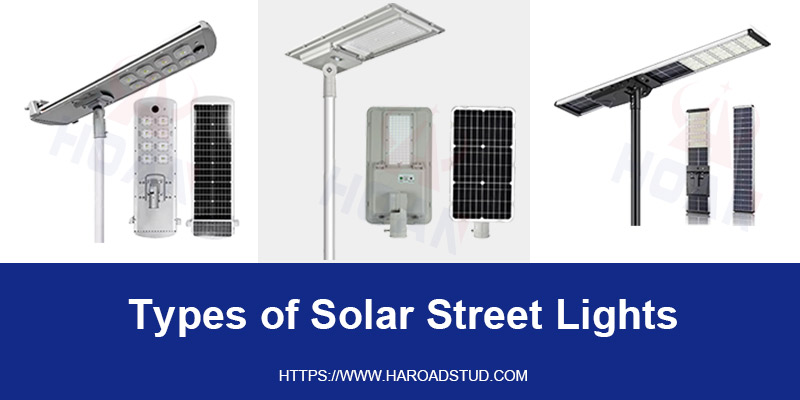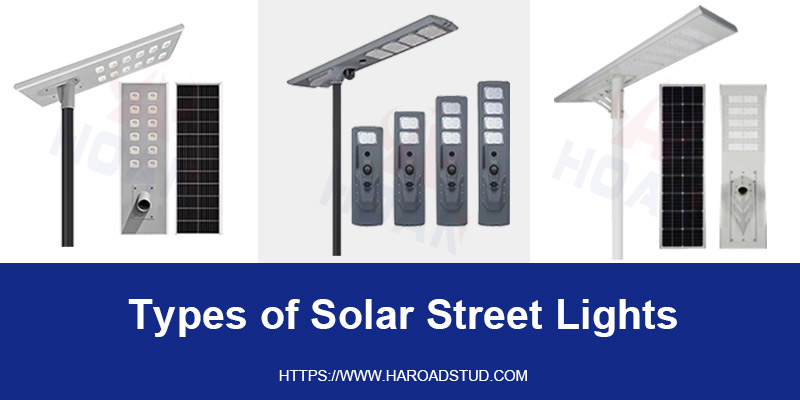China accounts for over 70% of global solar LED street lighting production capacity, boasting a complete and mature industrial chain from solar panels to LED chips. This ensures both product quality stability and cost competitiveness. Presently, most Chinese suppliers export to over 120 countries, with products adaptable to import standards and usage scenarios across diverse regions including the EU, Africa, and Southeast Asia.
Choosing substandard suppliers may lead to multiple issues:
Product Failures: Such as short battery life or rapid LED brightness degradation, necessitating project rework and incurring additional costs;
Delivery Delays: Caused by shortages of core components or insufficient production capacity, resulting in missed project deadlines;
Lack of After-Sales Support: When overseas projects encounter problems, suppliers may fail to provide timely technical assistance, disrupting normal streetlight operation.
Essential certifications to verify:
For target markets: CE certification for exports to Europe, FCC certification for North America, globally applicable RoHS environmental certification (preventing hazardous substance exceedances);
Product and Management: IES LM-79 certification (validates LED optical performance), ISO 9001 Quality Management System certification (ensures standardised production processes).
Certification Verification Method: Request suppliers to provide certification documents with official verification links (e.g., verifiable via TÜV or SGS websites) to prevent acceptance of counterfeit certificates.
Prioritise suppliers with in-house factories: Reject pure trading companies. Request factory video tours or live inspections, focusing on:
Automated production lines: e.g., solar panel assembly lines, LED ageing test equipment (ensuring rigorous pre-shipment testing for every unit);
Inventory reserves: Inspect finished goods warehouses and core component stock to assess capacity for urgent orders.
Inquire about monthly production capacity: e.g., ‘Can monthly output exceed 50,000 units?’ to ensure the supplier can undertake large-scale projects (e.g., a 10,000-unit rural road lighting scheme).

Solar Panels:
Type Selection: Monocrystalline silicon panels (20%-25% conversion efficiency, superior power generation in low-light conditions) outperform polycrystalline (16%-20% conversion efficiency), making them more suitable for regions with unstable sunlight.
Brand Preference: Prioritise suppliers using top-tier brands like JinkoSolar or LONGi, avoiding inefficient generic panels.
Battery:
Material preference: Lithium iron phosphate batteries (lifespan 5-8 years, high heat resistance and safety) are more suitable for long-term outdoor use than lithium-ion batteries (lifespan 3-5 years).
Capacity matching: Customise based on the project location's daily sunlight duration (e.g., regions with 4 hours of average daily sunlight require batteries with a capacity of 100Ah or above to ensure continuous lighting during prolonged cloudy or rainy periods).
LED Chips:
Chip Brands: Select products using renowned chips from Cree, Osram, or domestic brands like Sanan Optoelectronics to ensure low brightness decay (≤10% within 5 years);
Protection Rating: Must meet IP68 waterproof standards to withstand heavy rain, dust storms, and harsh environments, preventing internal short circuits.
Require suppliers to provide test reports issued by authoritative institutions, focusing on:
- 72-hour continuous illumination testing (verifying battery endurance compliance);
- Temperature cycling tests from -40°C to 80°C (confirming product stability in extreme climates);
- 100,000-cycle on/off testing (assessing LED and circuit durability).
Chinese suppliers must provide tailored solutions based on project location characteristics:
Voltage adaptation: 110V versions for North America; 220V versions for most European and Asian regions;
Lighting Modes: Rural roads may utilise ‘human presence-activated dimming’ (high brightness with people/vehicles, low brightness otherwise to conserve energy), while urban thoroughfares require ‘constant-on mode’ (ensuring continuous illumination);
Special Climate Adaptations: High-altitude regions necessitate UV-resistant coatings (preventing accelerated ageing from ultraviolet radiation), while coastal areas demand corrosion-resistant enclosures (withstanding saltwater exposure from sea breezes).
Appearance customisation: Adjustable luminaire colours per project requirements (e.g., European cities prefer dark grey), with project logo engraving (enhancing brand recognition);
Installation customisation: Adjustable brackets for sloped roads; ‘integrated pole’ design for projects with tight schedules (reducing on-site assembly time).
For instance, a rural road project in Kenya required ‘8-hour backup runtime + anti-theft brackets’. A reliable Chinese supplier completed custom production within just two weeks, perfectly addressing local power outage frequency and theft prevention needs.
Inquire about core component replenishment cycles: e.g., ‘How long does it take to restock lithium iron phosphate batteries during shortages?’ to prevent production halts due to component shortages;
Emergency order handling: Confirm whether suppliers maintain safety stock (e.g., over 1,000 finished units) to ensure urgent projects can ship within 7–10 days.
Delivery Terms: Select appropriate terms based on experience — novices should opt for DDP (supplier handles full customs clearance, hassle-free), while those with clearance capabilities may choose FOB or CIF;
Logistics Partnerships: Verify supplier collaborations with reputable carriers like Maersk or DHL, and understand transit times (e.g., Shanghai to Lagos, Nigeria, takes approximately 25-30 days by sea).
Industry benchmarks: 3–5 years for complete units; 5–8 years for solar panels and batteries.
Caution regarding short warranties: Suppliers offering less than 2 years often lack confidence in product quality; exercise caution.
Remote Support: Require suppliers to provide 24-hour online technical support (e.g., via WhatsApp or Zoom for real-time resolution of issues like ‘streetlights not illuminating’);
Local Support: For large-scale projects (e.g., 1,000 units or more), confirm whether the supplier maintains service centres (e.g., in Nigeria, South Africa) or partnered maintenance teams in the target country to ensure faulty components can be replaced within 72 hours.

If a supplier's quotation is over 30% below the market average, be wary of potential use of substandard components:
Substituting lithium iron phosphate batteries with unbranded batteries having a lifespan <2 years;
Passing off IP65 waterproof casings as IP68, prone to water ingress and damage in rainy conditions;
Using uncertified LED chips that exhibit significant brightness degradation after just one year of use.
Do not focus solely on the initial purchase price; compare long-term costs:
Example 1: $150 per unit, 5-year warranty → Annual cost: $30;
Example 2: $100 per unit, 2-year warranty → Replacement required after 2 years, total 5-year investment $200 → Annual cost $40.
Clearly, products with seemingly higher prices but extended warranties offer superior long-term value.
Before signing contracts, ensure the following five points are verified:
Possession of genuine manufacturing facilities with valid certifications including CE, RoHS, and ISO 9001;
Provision of third-party test reports for core components (solar panels, batteries, LEDs);
Capability to customise products according to target region's climate and voltage requirements;
Clear delivery timelines, logistics terms, and emergency stock availability;
Offering ≥3 years full-unit warranty with overseas after-sales support channels.
Chinese solar LED streetlight suppliers possess formidable production capacity and cost advantages, yet only through rigorous screening can one identify partners truly capable of ensuring project success. Should you require assistance in connecting with certified suppliers or evaluating sample quality, please contact us — we offer comprehensive procurement guidance to save you time and costs while smoothly advancing your lighting projects.